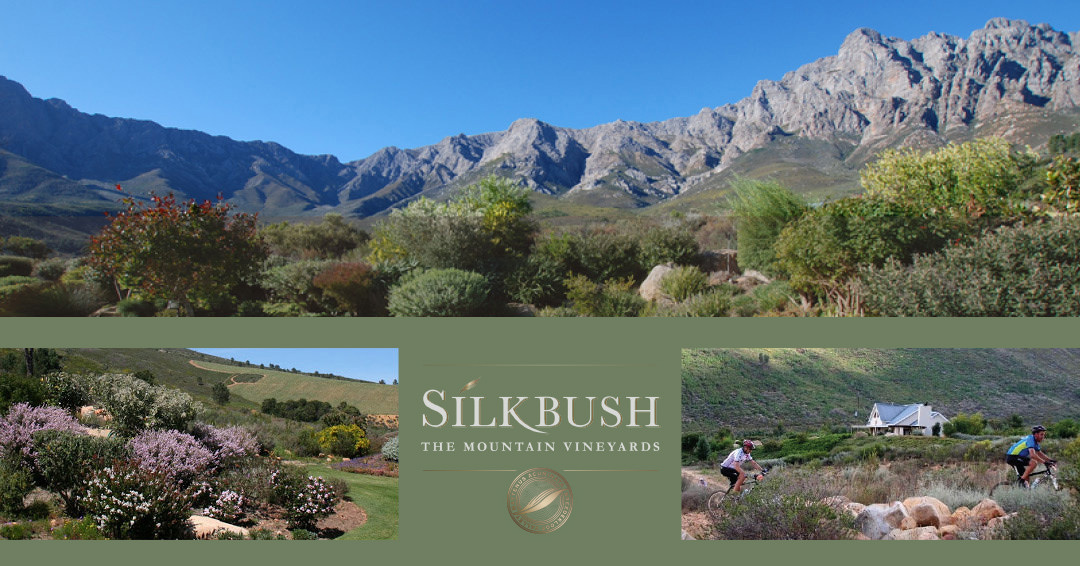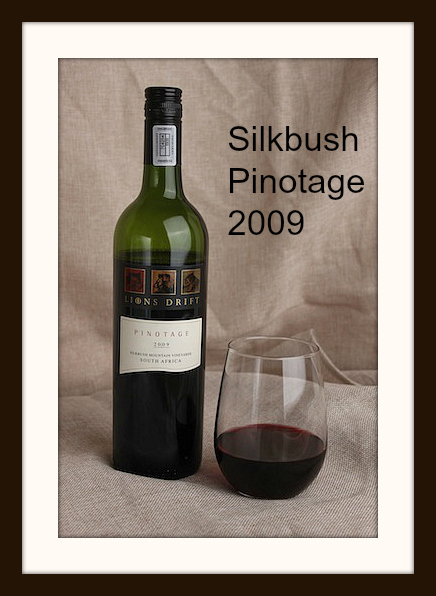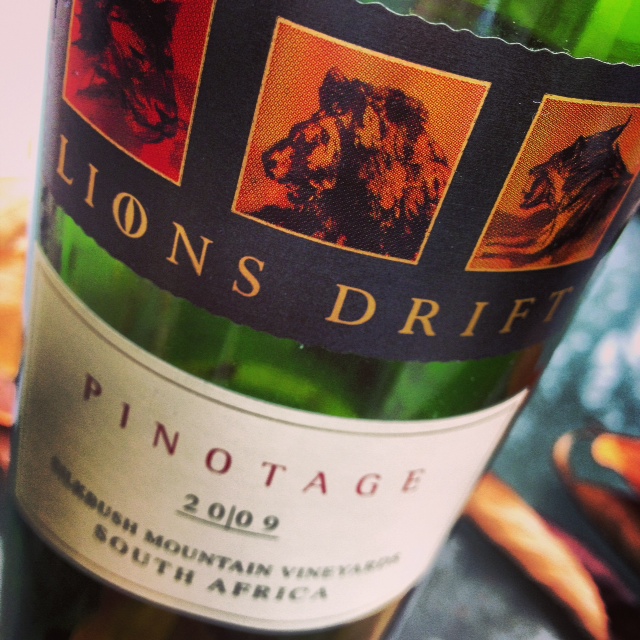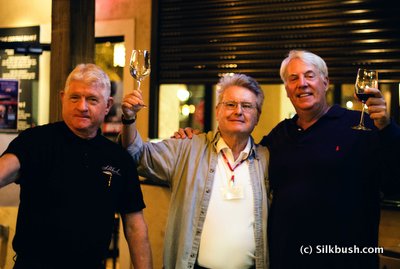For those interested in trying Republic of South African (RSA) wine in the US, it is often a challenge to even find a few local bottles to buy and try. Why is this, you may wonder, given the enormous array of wines available on the grocery store aisles or in major wine shops? Well, first, while the entire US wine market is about 370 million cases sold per year, bottled RSA wine is just under 1 million cases, so less than 1/3rd of 1%! (There is enough bulk RSA wine imported for another 2+ million cases yet it may well be blended to upgrade other wines. If so, in the process, its origin is lost and its heritage becomes invisible to the consumer.)
Next, the average retail price of a bottle of wine sold in the US is about $6.25 and perhaps 80% of all wine sold is $10/bottle or less. Since it costs about $1/bottle to bring wine from South Africa to the US, most importers have given up on selling any decent RSA wine for retail prices under $10. Since distributors and retailers receive at least 50% the retail cost of the wine, the transportation cost comes right out of the winery’s pocket. (More typically, an RSA winery will gross only $5/bottle that sells for $15 in the US, and their costs may easily be $3-$4/for the bottle.) Given all the other expenses, few foreign wineries can afford to compete in the US with Gallo and Bronco (“Two Buck Chuck”) unless they are working through great oversupplies of grapes. (And even that usually is a temporary condition, even for Australia’s [Yellow Tail].)
The other side of the coin is the simple fact few wine buyers “experiment” with wines costing more than $20 retail. (This applies equally to US domestic wines as well.) There are some wonderful RSA wines in the $20-$40 range but they will only be purchased by the very knowledgeable and loyal RSA wine consumers.
That then places most South African wine within the $10-$20 price range where most of the good yet affordable wines in the US are being sold today. The SILKBUSH wines we are importing (Pinotage and Viognier) are usually sold in the $14-$18 range, where there is lots of competition with many very good domestic wines. So clearly RSA wines cannot differentiate on price alone.
Very simply, a consumer must be interested in buying a South African wine before they enter a wine shop, a tall order. Further, there is so little experience with RSA wines in the US (essentially just the past 20 years) there is seldom a “South African section” in most wine departments, or if there is, it is just a few facings on a bottom shelf. With so little attention paid by retailers and consumers alike, there has been little RSA sales growth in most regions.
Despite these inherent adversities, South Africa’s exotic image, wild animal TV series on Discovery Channel and National Geographic, and increasing tourism (some of which is “wine tourism”), are all leading to increased awareness of the Beloved Country. The 2010 World Cup soccer championship, the recent passing of former President Nelson Mandela, and the attendance of most world leaders at his memorial services: all these exposures increase international awareness. If the Western Cape can become a sufficiently attractive international tourism destination, its beautiful Winelands are only 30 minutes from Cape Town and are usually visited. This is a long, slow way to promote RSA wine in the US but one that should work and develop permanent fans. Only time will tell.
Dave Jefferson




